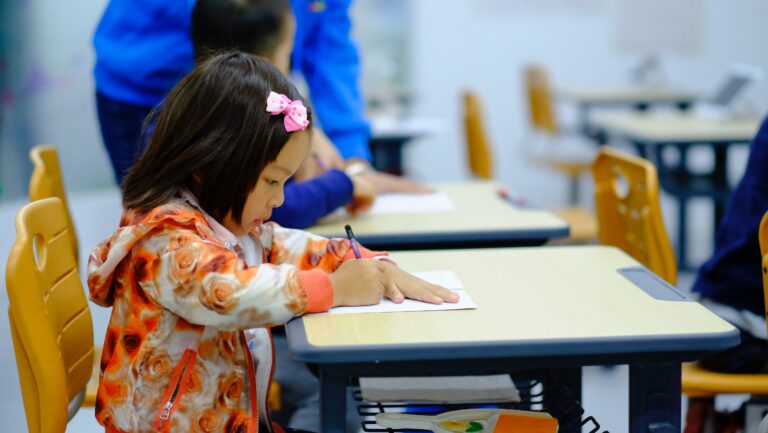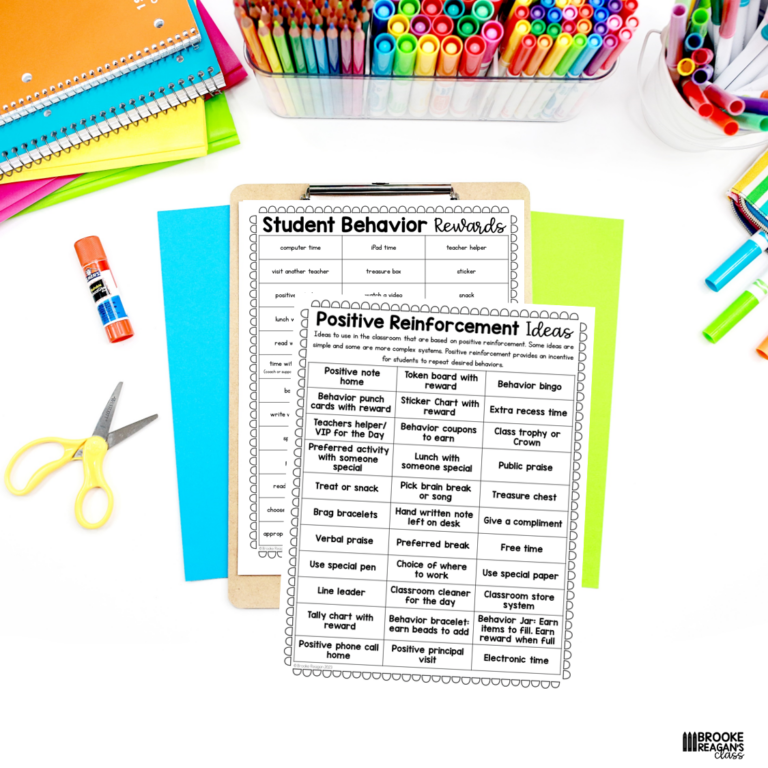
Using visuals in the classroom can help students in many different ways. Visuals are beneficial for all students, not just students who are identified under special education. When a student is able to visually see behavior expectations and reminders it is a concrete connection. Just like an anchor chart to teach a specific skill, when a visual referenced and used frequently it can be successful!
Using visuals in the classroom to communicate is particularly impactful when a student is experiencing high emotions or in situations when verbal communication may not be effective. For instance, a student who is upset may not be able to understand verbal instructions. In such a case, a simple visual cue card with a student taking a deep breath, sitting down, or taking a break, helps make a significant calming impact on the student.
Some students will need more of an individualized system for visuals. This could look different depending on the student, time of day, or activity. These two examples above are of an individual visual system for specific reminders of daily behavior goals and expectations.
They can be changed out depending on the goals the student is working on. When the student needs a reminder of the expectations the teacher can discretely come by the student and point to the behavior expectation instead of having to verbally call the student out.
These daily goal charts are portable charts that can be used in many ways. I have laminated them and attached to a folder for students to refer to throughout the day. The goal cards are attached with Velcro so the goals can be changed as needed. The pictures match the words as a reminder of their behavior goals.
Break cards are another great visual to use with students through the school day. Some students need more breaks than others. Breaks do not have to always involve leaving the classroom. An example of a break could be the student stopping academic work for two minutes and being able to free draw, or use a fidget. Allowing students to have a break throughout the school day is a very powerful behavior intervention when done correctly. If you want more ideas and help with student breaks in your classroom you can find more about that HERE.

Start using visuals today in your classroom by grabbing this freebie above. Fill out the form below to get it sent directly to your inbox.

Sign up to receive over 35 ready to use student rewards to boost motivation, promote positive behavior and create a fun learning environment.